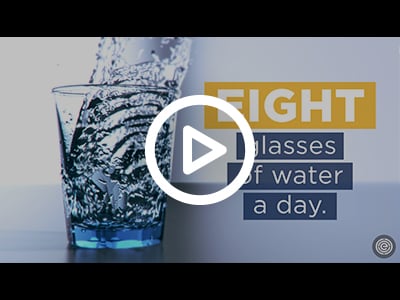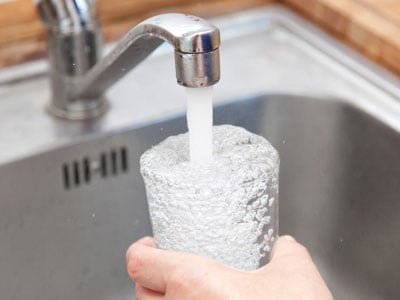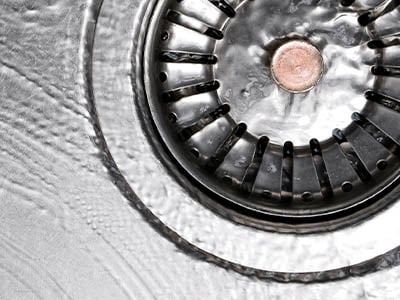Franklin Water System
EWG's drinking water quality report shows results of tests conducted by the water utility and provided to the Environmental Working Group by the Vermont Department of Environmental Conservation, as well as information from the U.S. EPA Enforcement and Compliance History database (ECHO). For the latest quarter assessed by the U.S. EPA (January 2021 - March 2021), tap water provided by this water utility was in compliance with federal health-based drinking water standards.
Utility Details
- Franklin, Vermont
- Serves: 400
- Data available: 2014-2019
- Source: Groundwater
Contaminants Detected
3
EXCEED
EWG HEALTH
GUIDELINES
3 Total Contaminants
- Legal does not necessarily equal safe. Getting a passing grade from the federal government does not mean the water meets the latest health guidelines.
- Legal limits for contaminants in tap water have not been updated in almost 20 years.
- The best way to ensure clean tap water is to keep pollution out of source water in the first place.
Looking for a countertop water filter?
Find out which filters earned EWG's recommendation
See the guideContaminants Detected
Bromodichloromethane
Potential Effect: cancer9.2x EWG'S HEALTH GUIDELINEBromodichloromethane
more aboutthis contaminant
Bromodichloromethane, one of the total trihalomethanes (TTHMs), is formed when chlorine or other disinfectants are used to treat drinking water. Bromodichloromethane and other disinfection byproducts increase the risk of cancer and may cause problems during pregnancy. Click here to read more about disinfection byproducts.
Bromodichloromethane was found at 9.2 times above EWG's Health Guideline.
EWG Health Guideline
This Utility
National Average
State Average
ppb = parts per billion
Health Risks
The EWG Health Guideline of 0.06 ppb for bromodichloromethane was proposed in 2018 by the California Office of Environmental Health Hazard Assessment as a one-in-a-million lifetime risk of cancer. Values greater than one-in-a-million cancer risk level can result in increased cancer cases above one in a million people.
Pollution Sources
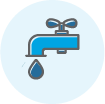
Treatment Byproducts
Filtering Options
Activated Carbon
Reverse Osmosis
Chloroform
Potential Effect: cancer5.6x EWG'S HEALTH GUIDELINEChloroform
more aboutthis contaminant
Chloroform, one of the total trihalomethanes (TTHMs), is formed when chlorine or other disinfectants are used to treat drinking water. Chloroform and other disinfection byproducts increase the risk of cancer and may cause problems during pregnancy.
Chloroform was found at 5.6 times above EWG's Health Guideline.
EWG Health Guideline
This Utility
National Average
State Average
ppb = parts per billion
Health Risks
The EWG Health Guideline of 0.4 ppb for chloroform was proposed in 2018 by the California Office of Environmental Health Hazard Assessment as a one-in-a-million lifetime risk of cancer. Values greater than one-in-a-million cancer risk level can result in increased cancer cases above one in a million people.
Pollution Sources

Treatment Byproducts
Filtering Options
Activated Carbon
Reverse Osmosis
Nitrate
Potential Effect: cancer10x EWG'S HEALTH GUIDELINENitrate
more aboutthis contaminant
Nitrate, a fertilizer chemical, frequently contaminates drinking water due to agricultural and urban runoff, and discharges from municipal wastewater treatment plants and septic tanks. Excessive nitrate in water can cause oxygen deprivation in infants and increase the risk of cancer. Click here to read more about nitrate.
Nitrate was found at 10 times above EWG's Health Guideline.
EWG Health Guideline
This Utility
Legal Limit
National Average
State Average
ppm = parts per million
Health Risks
The EWG Health Guideline of 0.14 ppm for nitrate was defined by EWG . This health guideline protects against cancer and harm to fetal growth and development.
Pollution Sources

Agriculture

Runoff & Sprawl

Naturally Occurring
Filtering Options
Reverse Osmosis
Ion Exchange
Includes chemicals detected in 2017-2019 for which annual utility averages exceeded an EWG-selected health guideline established by a federal or state public health authority.
